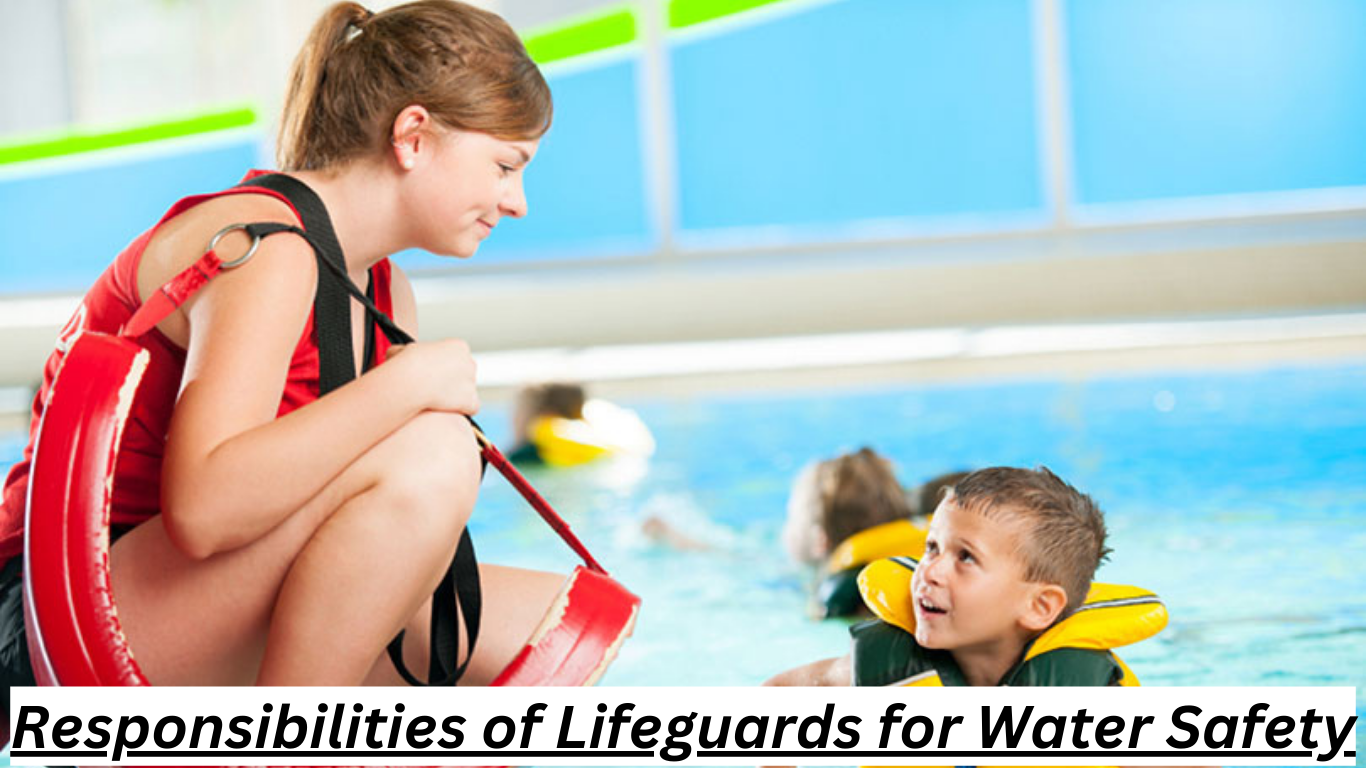Beach safety is a central worry for coastal communities and visitors the same. One of the fundamental things in beach safety is the presence Responsibilities of Lifeguards for Water Safety to ensure the safety of the beach visitors. These dedicated professionals undergo training and certification to handle water-related emergencies and promote beach safety.
Roles and Responsibilities of Lifeguards
Lifeguards hold multifaceted responsibilities on beaches. They continuously monitor beach activities, identify potential hazards, enforce safety rules, give first aid, and educate the public. Their vigilant presence is instrumental in preventing accidents and responding successfully during emergencies.
The Significance of Lifeguard training
Lifeguard training is a far-reaching program intended to outfit people with the important skills and information to successfully satisfy their roles. These training programs cover water rescue techniques, CPR, first aid, surveillance, communication protocols, and risk evaluation.
Lifeguards undergo rigorous physical and theoretical training to ensure readiness for any beach scenario they encounter.
Qualifications and Certifications for Lifeguards
To become a certified lifeguard, people should finish certified lifeguard training courses. These courses are presented by perceived organizations that comply with industry standards and guidelines. Lifeguard certification approves the lifeguard’s capability in water safety, rescue systems, and emergency response. It fills in as a demonstration of their status to safeguard beachgoers and oversee beach-related incidents.
Ensuring Public Safety Through Vigilance
Lifeguards on beaches instill confidence in visitors and serve as visible reminders of water safety responsibilities. Lifeguards effectively monitor water conditions, weather conditions changes, and beach activities to survey expected risks. Their proactive methodology permits them to intercede instantly, preventing accidents and limiting the effect of emergencies.
Emergency Response Protocols and Swift Actions
Lifeguards are trained in specific emergency response protocols to deal with different situations. They can perform water rescues utilizing specialized techniques and equipment, manage first aid to injured people, and direction with emergency services for cutting-edge medical care. Their capacity to act swiftly and definitively is basic in saving lives and maintaining beach safety.
Collaborative Efforts for Upgraded Beach Safety
Compelling beach safety requires collaboration among different partners, including lifeguards, beach authorities, park rangers, and emergency services. Lifeguards work intimately with these substances to create and execute safety plans, lead drills and activities, and direct response efforts during emergencies. This collaborative methodology guarantees a unified and effective response to beach-related incidents.
Enabling Through Public Education and Outreach
Past their functional duties, lifeguards participate in public education and outreach drives. They direct beach safety workshops, convey educational materials, and associate with beach visitors to advance responsible conduct in and around the water. These efforts bring issues to light about likely risks, safety guidelines, and the significance of vigilance while getting a charge out of beach activities.
Bridling Technology for Improved Safety Measures
Progressions in technology have altered beach safety measures. Lifeguards use tools, for example, drones for aerial surveillance, mobile apps for communication and incident reporting, and high-level rescue equipment for swift and effective activities. Technology supplements lifeguards’ skills, upgrades situational awareness and further develops general beach safety.
Continuous Training and Professional Development
Lifeguarding is a unique profession that requires continuous training and professional development. Lifeguards participate in continuous training sessions, skills appraisals, and situation-based activities to improve their abilities and remain refreshed with industry best practices. Lifeguard certification renewal guarantees that lifeguards maintain their skills and availability to respond really to developing beach environments.
Concluding Remarks: The Role of the American Lifeguard Association
All in all, water safety experts, exemplified by lifeguards, are irreplaceable guardians of beach safety. Their training, qualifications, and proactive methodology are instrumental in preventing accidents, responding to emergencies, and advancing a culture of safety on beaches.
Organizations like the American Lifeguard Association play a significant role in setting standards, giving training resources, and cultivating continuous improvement inside the lifeguarding community.
Through collaborative efforts, public education, technological progressions, and continuous professional development, lifeguards maintain the highest standards of beach safety, ensuring that coastal environments stay agreeable and secure for all.




